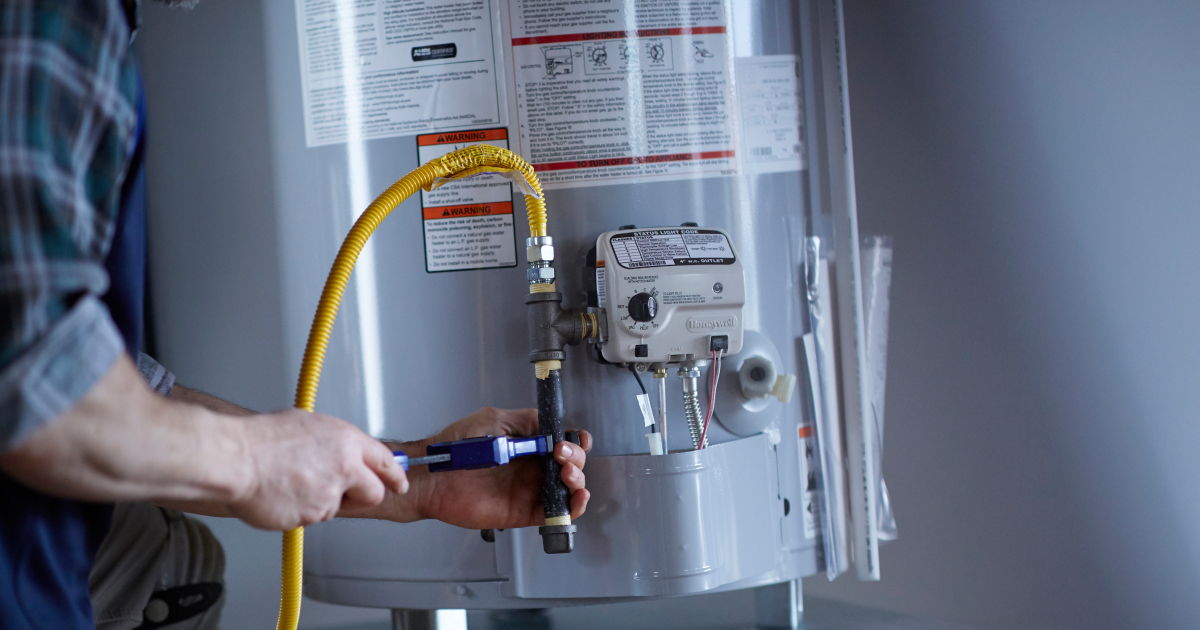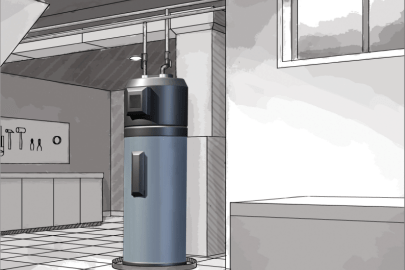Step-by-Step Guide to Caring for Your Home's Hot Water System
Step-by-Step Guide to Caring for Your Home's Hot Water System
Blog Article
Do you find yourself on the lookout for facts and techniques concerning Tips For Maintaining Your Hot Water Heater?

Hot water is crucial for daily convenience, whether it's for a refreshing shower or cleaning recipes. To guarantee your hot water system runs effectively and lasts longer, routine upkeep is vital. This short article supplies practical suggestions and understandings on just how to keep your home's hot water system to prevent interruptions and pricey repairs.
Introduction
Preserving your home's warm water system might appear daunting, but with a couple of simple steps, you can guarantee it runs smoothly for several years ahead. This guide covers whatever from comprehending your warm water system to DIY upkeep pointers and knowing when to contact specialist help.
Significance of Keeping Your Hot Water System
Routine upkeep not only prolongs the life-span of your hot water system however additionally guarantees it operates effectively. Disregarding upkeep can cause lowered efficiency, greater energy expenses, and even early failing of the system.
Signs Your Warm Water System Needs Upkeep
Knowing when your warm water system requires focus can prevent major problems. Watch out for indicators such as irregular water temperature, strange noises from the heating unit, or rustic water.
Recognizing Your Warm Water System
Prior to diving right into upkeep tasks, it's useful to understand the fundamental elements of your warm water system. Normally, this includes the water heater itself, pipes, anode poles, and temperature controls.
Monthly Maintenance Tasks
Normal month-to-month checks can assist catch small concerns prior to they rise.
Purging the Hot Water Heater
Purging your hot water heater gets rid of debris build-up, boosting performance and lengthening its life.
Monitoring and Changing Anode Rods
Anode poles stop rust inside the storage tank. Checking and replacing them when worn out is essential.
Checking and Readjusting Temperature Level Setups
Readjusting the temperature level setups guarantees ideal performance and security.
DIY Tips for Maintenance
You can perform numerous upkeep tasks yourself to keep your hot water system in leading problem.
Checking for Leaks
Routinely examine pipes and links for leakages, as these can cause water damage and higher costs.
Checking Pressure Alleviation Valves
Checking the pressure relief valve guarantees it functions appropriately and stops extreme pressure build-up.
Protecting Pipes
Insulating hot water pipelines minimizes warm loss and can save power.
When to Call an Expert
While DIY upkeep is useful, some concerns need professional experience.
Complicated Issues Calling For Expert Help
Examples consist of major leakages, electrical issues, or if your hot water heater is consistently underperforming.
Routine Specialist Maintenance Advantages
Specialist maintenance can include detailed evaluations, tune-ups, and making certain compliance with safety and security requirements.
Verdict
Routine maintenance of your home's hot water system is necessary for performance, longevity, and expense financial savings. By following these suggestions and understanding when to look for professional help, you can make sure a trusted supply of warm water without unexpected interruptions.
Water Heater Maintenance: The Basics
Maintaining your water heater will ensure it operates efficiently and has a longer lifespan. Neglecting regular maintenance can lead to costly repairs and an even bigger chunk of your savings if you have to replace it sooner than necessary. But there’s good news: Most water heater maintenance tasks are relatively simple and easy for homeowners with basic DIY skills.
Flush the Water Heater
Over time, sediment and minerals can build up in the tank, reducing its efficiency and potentially causing damage. To flush the tank, turn off the power or gas supply, attach a hose to the drain valve near the bottom and open the valve to drain the water until it runs clear. Ideally, flush the tank annually.
Replace the Anode Rod
The anode rod is a sacrificial metal rod that helps prevent corrosion inside the tank. Inspect and replace it every three to five years or per the manufacturer's recommendation. To replace the anode rod, turn off the power or gas supply, drain a few gallons of water from the tank, unscrew the old rod and replace it with a new one. If the anode rod is significantly corroded or covered in calcium buildup, it's a sign the water heater may need to be replaced soon.
Tune-Up
A yearly tune-up can help identify potential issues and ensure your water heater operates at peak efficiency. This typically involves checking the thermostat, burner assembly (for gas heaters) and any other components specified by the manufacturer. During a tune-up, the technician may also clean the burner and adjust the pilot light (for gas heaters) or examine the heating elements (for electric heaters).
How to Maintain Your Water Heater
Insulate the tank. Insulating the tank can improve energy efficiency and reduce heat loss, saving you money on energy bills. You can purchase precut insulation blankets designed specifically for water heaters or use standard fiberglass insulation wrapped securely around the tank. Check the temperature. The recommended water temperature for most households is around 120 degrees Fahrenheit (49 degrees Celsius). Higher temperatures can increase energy costs and potentially cause scalding. Use a kitchen thermometer to check the temperature at the faucet nearest the water heater. Monitor water pressure. Excessive water pressure can strain the water heater and cause leaks or even tank failure. Install a pressure-reducing valve if necessary. The ideal water pressure range is between 60 and 70 PSI (pounds per square inch). Test the temperature and pressure (T&P) relief valve. The T&P relief valve is a safety feature that releases pressure if the tank gets too hot or the pressure builds up too high. Test it annually by lifting the lever and allowing a small amount of water to release. Replace the valve if it doesn't release water or reseal properly. Check for leaks. Regularly inspect the tank, pipes and fittings for leaks or corrosion. Deal with issues promptly to prevent further damage. Even a small leak can lead to significant water damage over time. Consider a tankless water heater. If your traditional tank-style water heater is nearing the end of its lifespan ( typically 10 years), consider replacing it with a tankless water heater. These units heat water on demand, reducing standby energy losses and potentially saving you money on your energy bills. Schedule professional maintenance. While homeowners can perform many water heater maintenance tasks, it's still a good idea to schedule professional maintenance every few years. A plumber or HVAC technician can thoroughly inspect the unit, identify potential issues and ensure it operates safely and efficiently. https://www.homeserve.com/en-us/blog/home-improvement/hot-water-heater-maintanence/

I hope you enjoyed our part on What Kind of Maintenance Do Water Heaters Need?. Thanks a ton for taking time to read through our article post. In case you enjoyed our page if you please be sure to pass it around. I recognize the value of your readership.
Detail Report this page